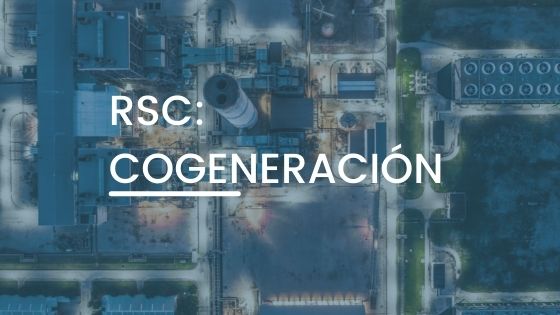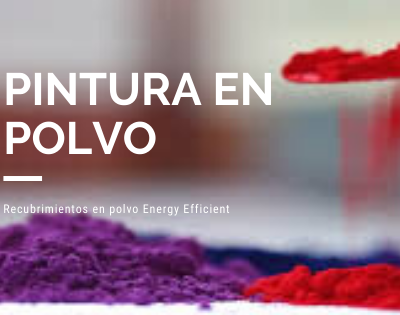Unlocking Leukemia: Understanding Types, Symptoms, and Chemotherapy
Blog

Unlocking Leukemia: Understanding Types, Symptoms, and Chemotherapy
Leukemia, a complex and often misunderstood group of blood cancers, poses a significant challenge to both patients and medical professionals. In this comprehensive exploration, we delve into the intricacies of leukemia, shedding light on its various types, identifying symptoms, and demystifying the role of chemotherapy in its treatment. Decoding Leukemia: Types and Variants Leukemia manifests in several forms, each characterized by distinct features and affecting different blood cells. The main types include: Understanding the specific type is crucial for tailoring effective treatment plans. Unmasking Leukemia: Recognizing Symptoms Early detection of leukemia is paramount for successful treatment. While symptoms may vary depending on the type and stage, common indicators include: The Chemotherapy Chronicles: Battling Leukemia Cells Chemotherapy remains a cornerstone in leukemia treatment. This systemic approach employs powerful drugs to eliminate rapidly dividing cancer cells throughout the body. The process involves several phases: Chemotherapy may be administered orally or intravenously, with the specific regimen tailored to the patient's condition. Beyond Chemotherapy: Emerging Therapies and Research Frontiers While chemotherapy remains a vital component, ongoing research explores innovative therapies, including targeted therapies and immunotherapy. These approaches aim to enhance treatment efficacy while minimizing side effects. Lifestyle Strategies: Nurturing Well-being during Leukemia Treatment Managing leukemia extends beyond medical interventions. Patients can optimize their well-being through: Navigating the Journey: Patient Stories and Support Networks Real-life stories of leukemia survivors provide inspiration and practical insights. Engaging with support networks, both online and offline, fosters a sense of community and shared experiences. In conclusion, the journey through leukemia involves understanding its nuances, recognizing symptoms, and embracing a multi-faceted approach to treatment. With ongoing research and a holistic perspective, the narrative of leukemia is evolving towards increased understanding, improved therapies, and enhanced support for those affected.




